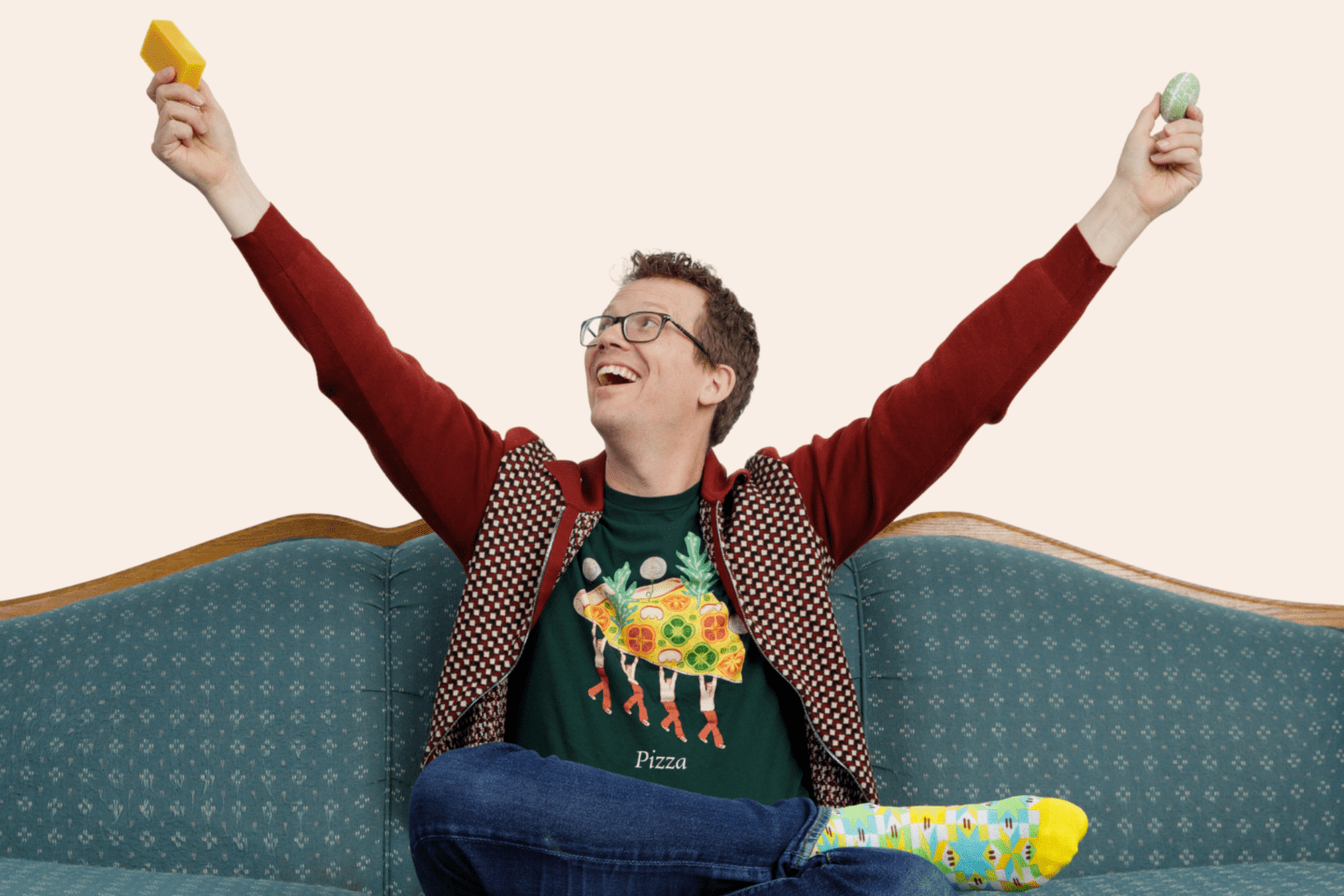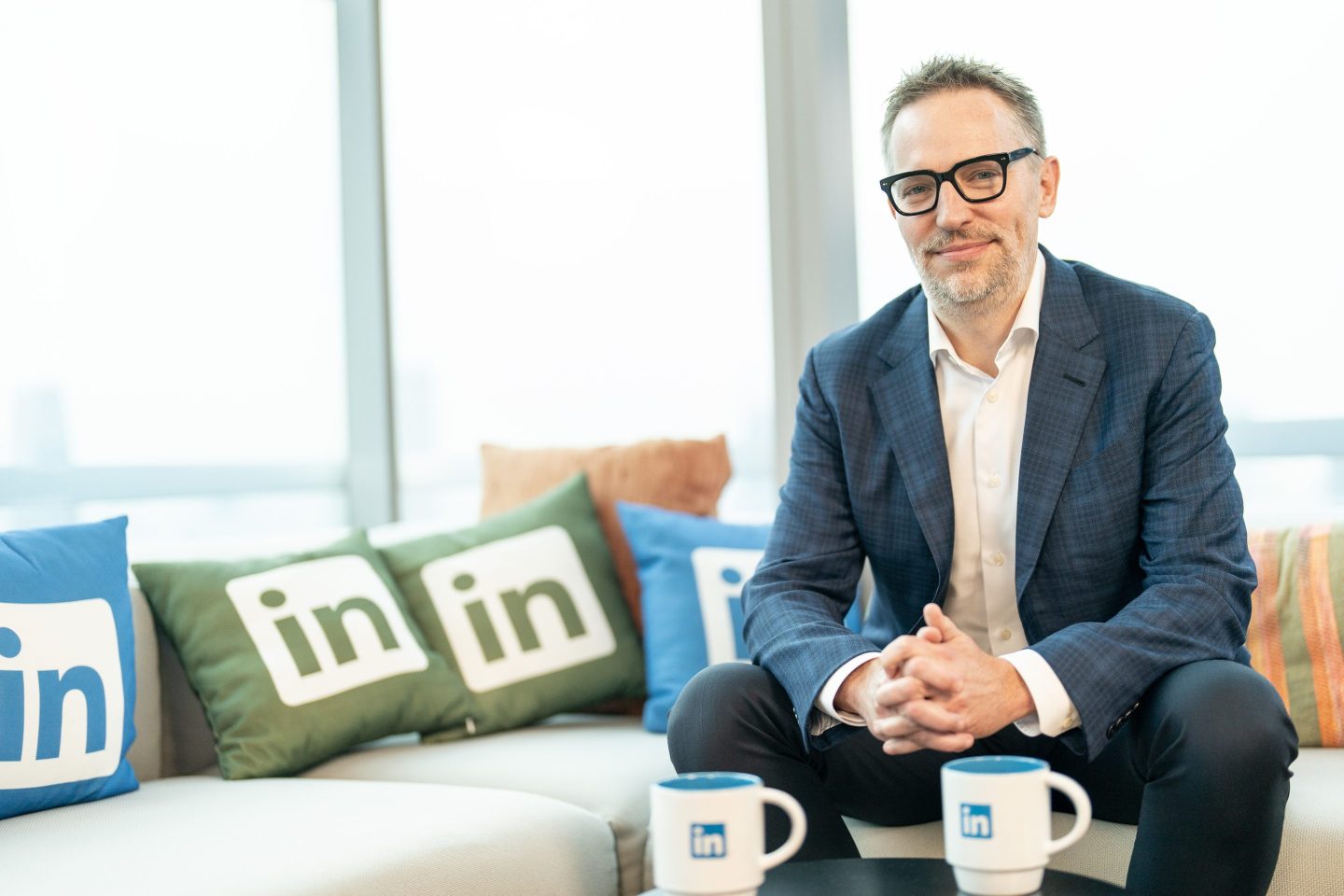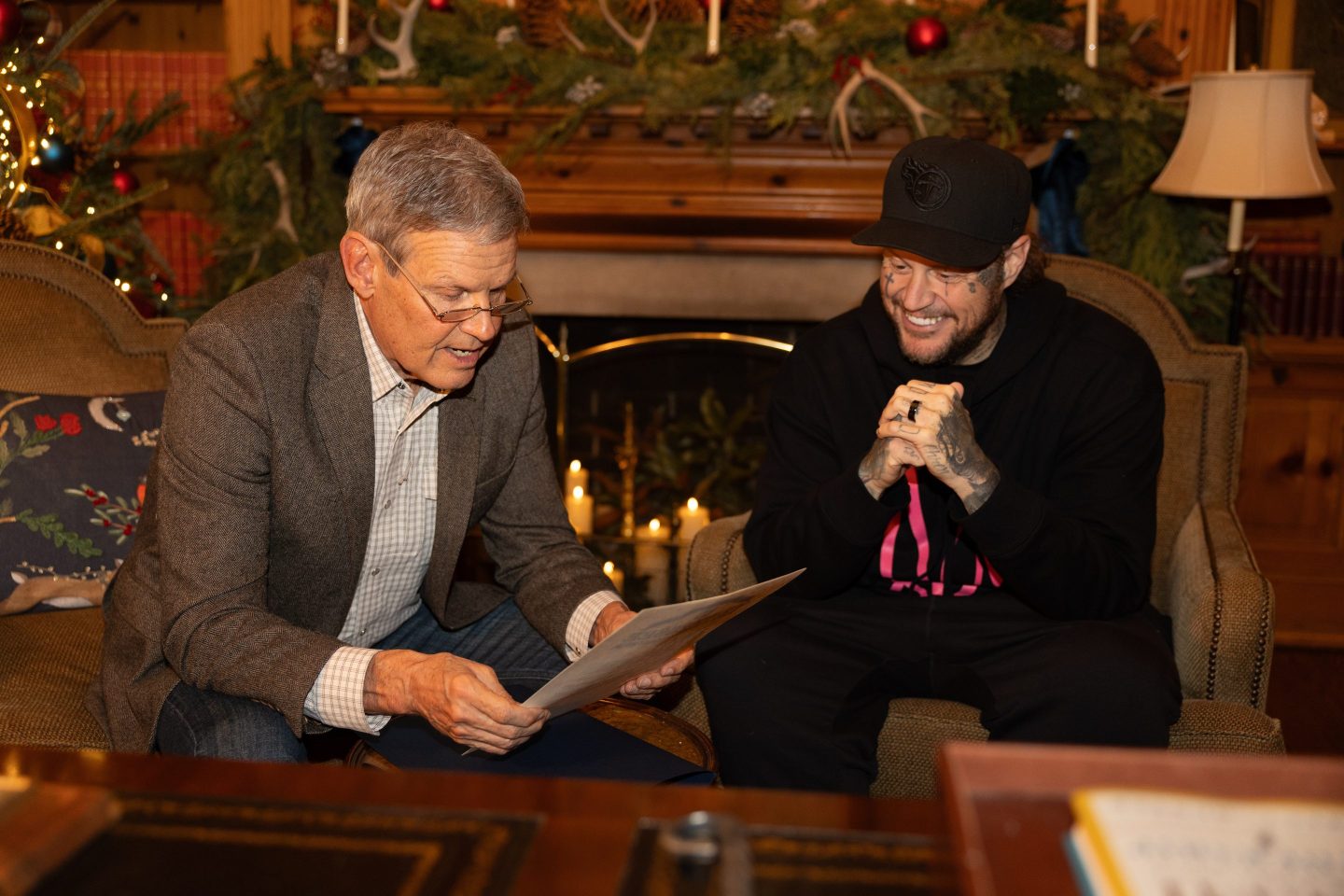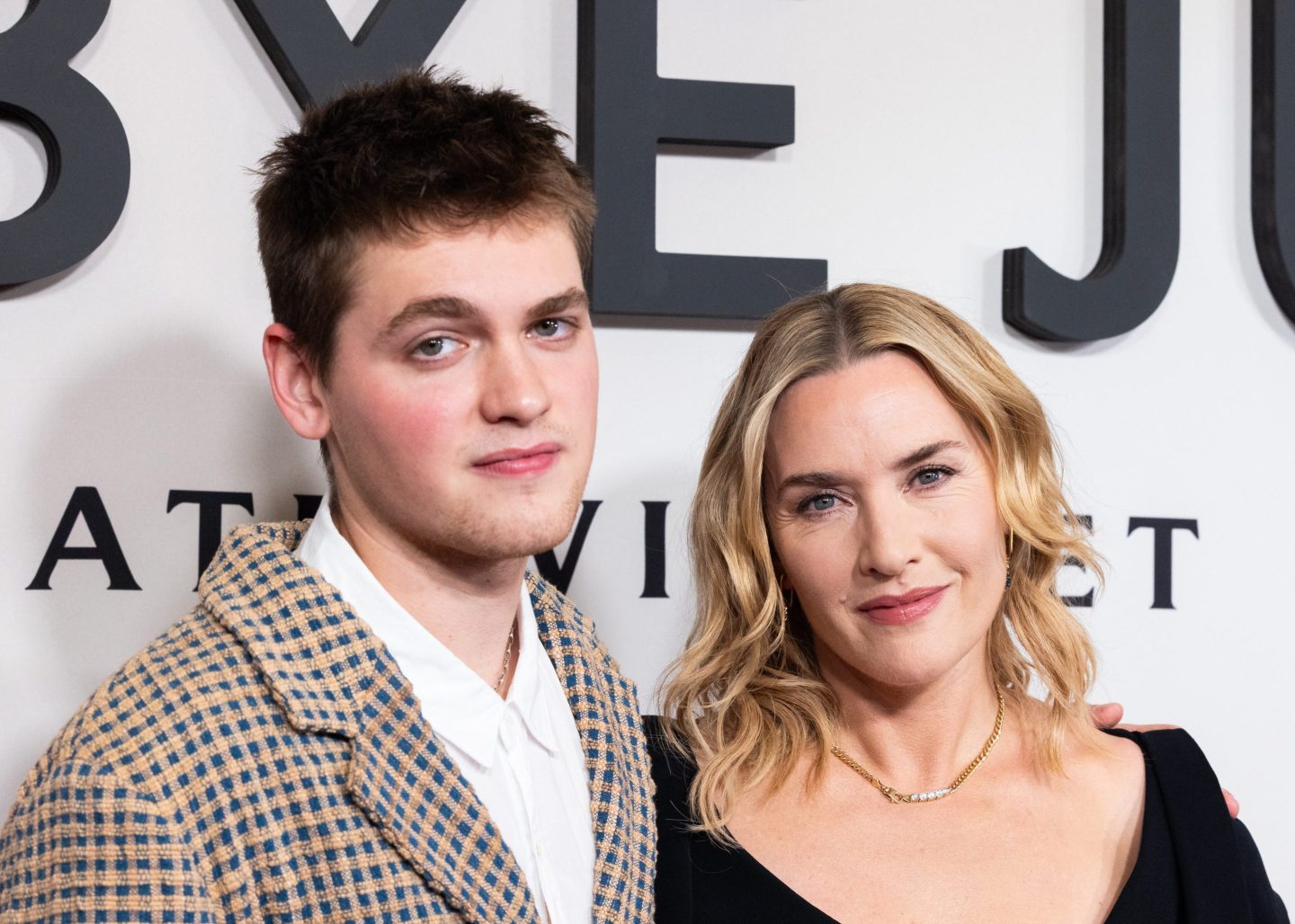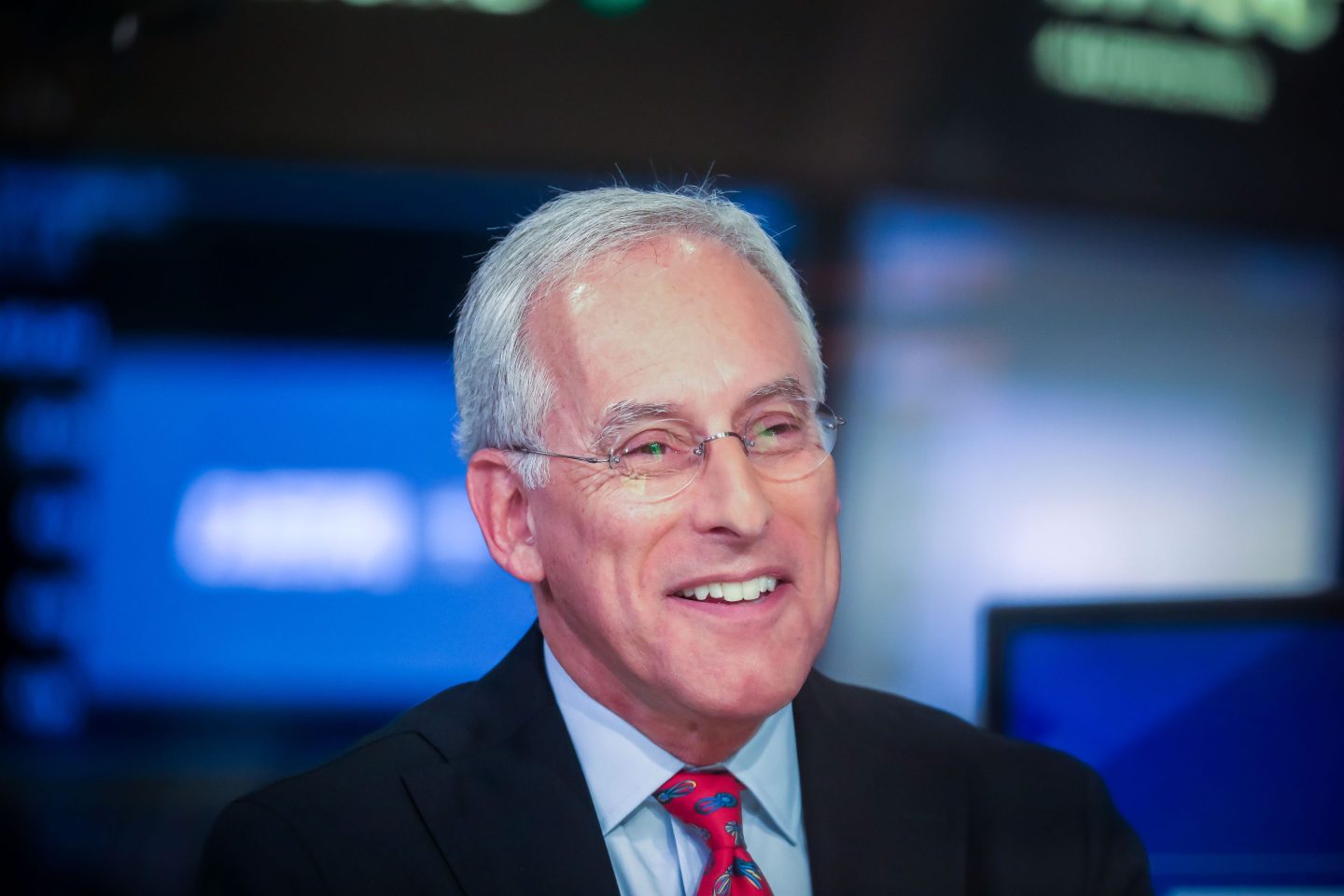For a growing number of young people, success no longer means landing a corner office—it’s measured by clicks, followers, and going viral. With social commerce projected to hit $2 trillion by next year, the dream of building a personal brand online is more appealing than ever: 57% of Gen Z now say they want to become influencers.
But YouTuber Hank Green warns that the creator lifestyle can be far less glamorous than what it may seem. In reality, it’s full of hard work that, in many ways, even mirrors a traditional 9-to-5 job.
“The vast majority of your life is typing. It is not being a YouTuber,” Green told Fortune. “I’m writing videos. Like, I sit down at a keyboard and I write almost all of the time.”
Many young people may be too distracted by the likes of MrBeast, who dropped out of college and turned a passion for video creation into a billion-dollar global empire. But aspiring for fame alone, Green cautions, isn’t a strategy.
“When people are like, how do I become a YouTuber? I’m like, well, tell me what you actually want to be,” the 45-year-old said. “What’s the actual goal? Because do you want to be MrBeast? Because, no, everybody wants to be that. It’s the most crowded space possible. Do you have some niche interest that is being underrepresented?”
Green speaks from experience. He and his brother, John Green, have more than 30 million subscribers across their multiple YouTube channels, including vlogbrothers, SciShow and Crash Course—the latter focused on educational videos that have a collective 2 billion views. Hank also has more than 8 million TikTok followers, where his bio reads, “I may have taught you biology.”
Beyond their vast digital footprint, the brothers are also both authors and entrepreneurs. In 2010, they created VidCon, the annual gathering for online creators and fans. Hank and John sold it for an undisclosed amount in 2018 to Viacom (which later merged with Paramount). The convention was sold again last year to Informa.

Green’s advice for avoiding burnout: stay fueled—and spend 5% of net worth on something
With countless ventures on his resume, which also includes a productivity app for people with ADHD as well as an e-commerce website that donates 100% of profits to charity, Green’s days are rarely identical. But his strategy for avoiding burnout is simple: follow curiosity, not pressure.
“I’m a real fall-down-the-hill kind of guy,” Green told Fortune. “I am just doing whatever is most compelling at the moment, which really does a pretty good job of helping me avoid burnout because it means that I’m not doing this stuff I don’t want to do.”
To Green, burnout doesn’t necessarily mean working too much—it means working without fuel.
“I don’t let my dreams decide what I do,” he added. “My dreams are not to do anything in particular; my dream is to be occupied and in that place where I feel like I’m comfortable and feel capable and doing something that is impactful. So, I keep it broad, and that lets my toolkit decide where I go.”
This mantra also has shaped his approach to risk-taking. Throughout his career, learning from his projects has been the greatest form of education, and he advises young people to spend about 5% of their net worth on pursuing new ideas, even if they fail.
“I had lots of different business ideas growing up that I spent a bunch of money on [and] nobody knows about,” he said. Regardless of whether projects succeed or fail, the lessons learned often make them money well spent, Green added.
“Aim for the moon, so if you miss, you hit a star.”
